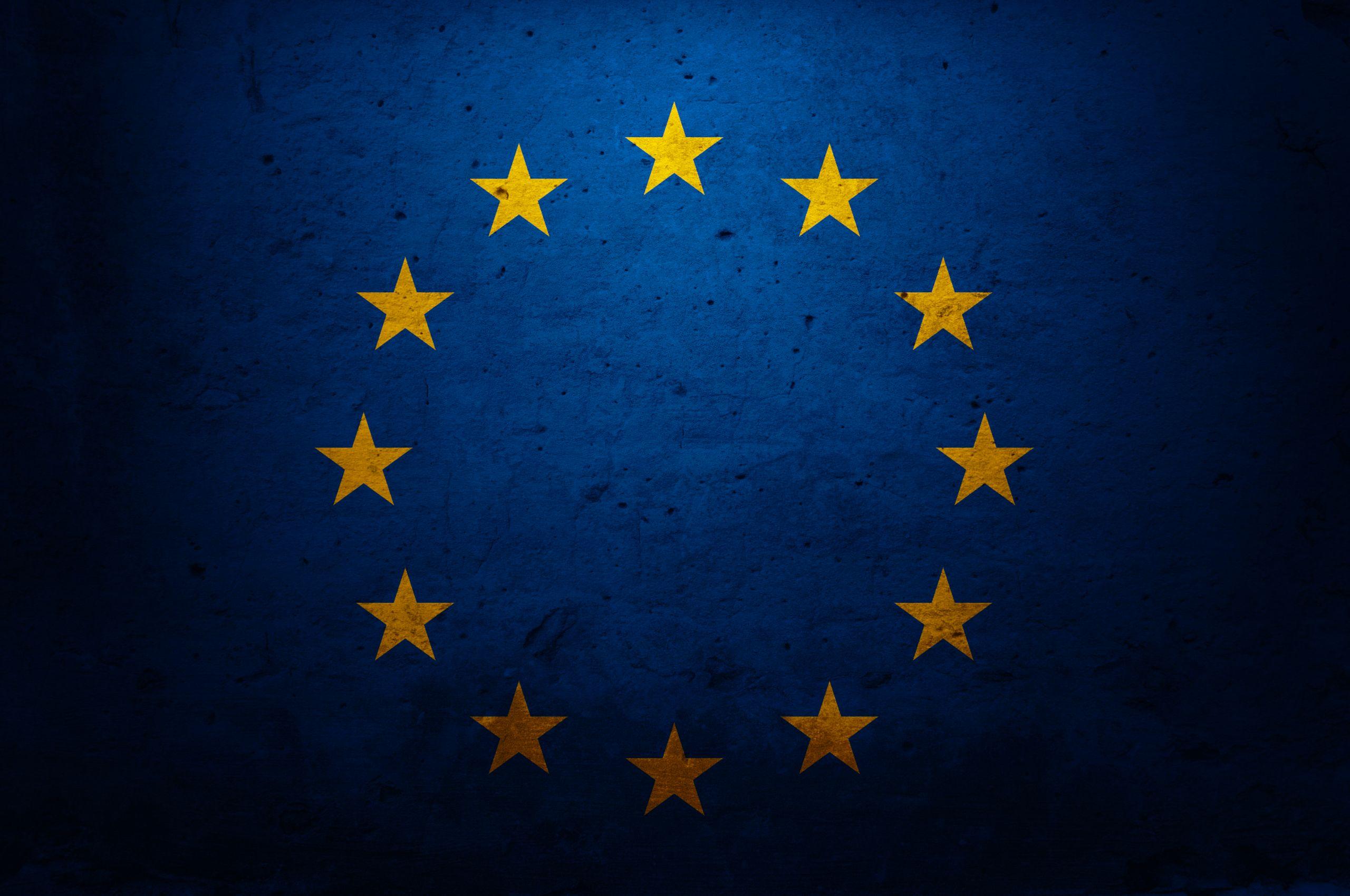FRANKFURT – The euro hit parity against the U.S. dollar for the first time in 20 years on Tuesday, in a move that will further intensify the cost-of-living crisis in the eurozone.
The last time the euro was worth less than the dollar was in 2002, when euro cash was in its infancy and shared by only 12 member states.
The single currency has lost more than 10 percent of its value against the greenback since the start of the year amid fears that a sharp economic slowdown in the eurozone will leave the European Central Bank’s interest rates far below those of the Federal Reserve.
The catch: While a weak euro may offer some relief to the region’s exporters, who may see increased demand for their comparatively cheaper goods, it also makes imports more expensive — adding to inflation pressures.
One of the policymakers who has warned of this risk is Governing Council member Francois Villeroy de Galhau, who cautioned earlier this year that the central bank “will carefully monitor developments in the effective exchange rate, as a significant driver of imported inflation.”
“A euro that is too weak would go against our price stability objective,” he added.
An ECB paper published in 2020 cited models estimating that a 1 percent depreciation of the euro against a basket of currencies could add as much as 0.11 percentage points to inflation within a year — and 0.25 percentage points over three years.
No bottom yet?
The euro may well not have reached its trough given persistent risks that a Russian gas cutoff could throw the region into deep recession, analysts warn. This scenario could in turn significantly constrain the ECB’s ability to raise interest rates, which it has yet to do. It’s expected to lift benchmark rates by 25 basis points on July 21, when it holds its next policy meeting, and perhaps announce a bigger hike in September.
The Fed, by contrast, has raced ahead, most recently with a massive 75 basis point move, and some analysts expect a repeat this month.
“The Fed is still perceived as having more room to hike rates going forward, also on the back of the strong U.S. jobs report for June,” UniCredit foreign exchange strategist Roberto Mialich explained in a research note. “On the other hand, other central banks, such as the ECB and the [Bank of England], might be forced to become more prudent, given the more direct exposure their respective economies have to the gas and energy crisis.”
“The fall in the Euro has lots more room to go,” tweeted Institute for International Finance chief economist Robin Brooks on Sunday. “Euro zone 2-year interest rates have only just begun to fall vis-à-vis US rates. We’re only getting started.”
At the same time, the dollar is benefiting from safe-haven flows, with investors rushing into U.S. government bonds as a hedge against economic and political uncertainty.
If the euro continues to slide, “no doubt [the ECB] will be quite concerned by the move — especially if it develops into a ‘sell the Eurozone’ mentality,” said ING economist Chris Turner. “Yet faced with the looming risk of recession — and the euro being a pro-cyclical currency — the ECB’s hands may be tied in its ability to threaten more aggressive rate hikes in defence of the euro.”


